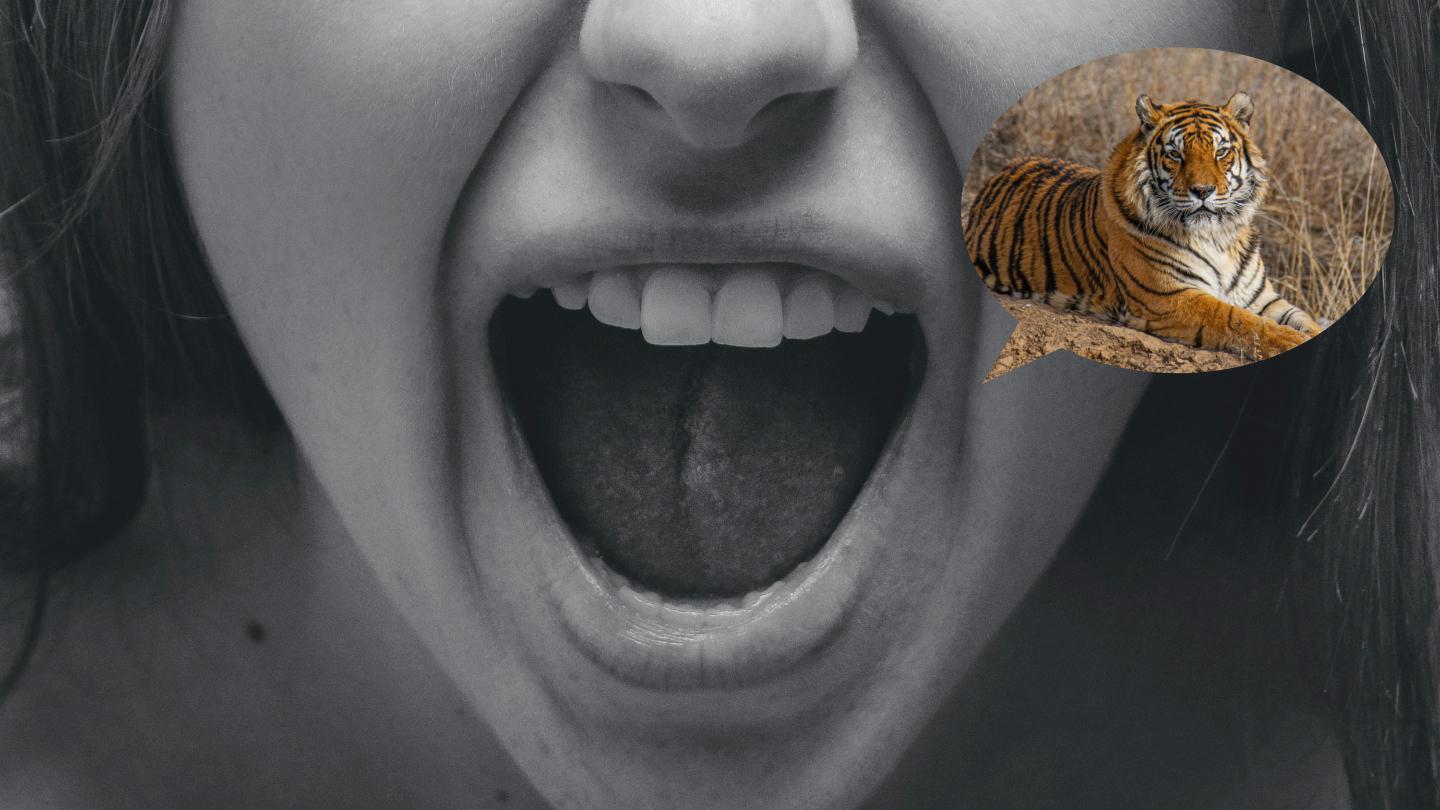Ever wondered where the word ‘meme’ comes from? Philosopher and cognitive scientist Daniel Dennett explains the term, coined by Richard Dawkins in his 1976 book The Selfish Gene, and its effects on our lives and history. How did we, as a species, become what we are – or more relevantly who we are? Natural selection and genetic evolution have made our physical bodies, but we are so much more than a collection of cells. We are also a conscious community, with language, music, cooking, art, poetry, dance, rituals, and humor. Dennett explains how these behaviors are the product of our cultural evolution. Memes are cultural replicators that spread like viruses, and only the most advantageous – or “the fittest” – of them survive. Daniel Dennett’s most recent book is From Bacteria to Bach and Back: The Evolution of Minds.
Daniel Dennett: Richard Dawkins coined the term meme in his 1976 book The Selfish Gene. And what he proposed was that human culture was composed, at least in part, of elements, units that were like genes in that they were copied and copied and copied and copied and copied. And it was the differential copying, the differential replication of these items, these memes that accounted for the excellent design of so much in human culture. And this is a very repugnant and offensive idea to many people, especially in the humanities. They wanted to hang onto the idea of the God like genius creator who out of sheer conscious brilliant comprehension makes all these wonderful things, whether they're poems or bridges or whatever. He was saying in effect well yes people do make amazing things, but if you look at the projects in detail you see that they couldn't do that if they hadn't filled their head with all these informational things, which are like genes, which are also information. But they're not fast down through the germ line. They're not passed down through the sperm and the egg. You don't get them with your genes. You get them from the ambient culture, from your parents, from your peers, from the society in which you're raised. It requires perception.
Now a lot of people think we'll wait a minute there's a huge disanalogy here. Genes are DNA. What's the DNA of memes? And the first thing you have to appreciate is; no genes aren't DNA. Genes are the information carried by the DNA. Genes are no more DNA than poems are made of ink. I mean you can send somebody a poem that's written in ink or you can say it aloud. There's many different ways of transmitting that poem or saving that poem from one place to another.
The same thing is true of genes. Once you get used to thinking of genes as not DNA but the information carried by the patterns of the nucleotides of DNA, then you can see that there really is a nice parallel. Well then what's playing the role of DNA in the land of culture? What are the physical implementations? Well, they are wonderfully various. There is ink on paper. There's lines carved into stones. There's lines drawn in the sand. There's skywriting. And, of course, there's what we're doing right now – there's audible language.
And one of the great features of language, not sufficiently appreciated by those who aren't linguists, is that what makes language a potent medium for the transmission of information is that it's digitized in the same way that DNA is digitized. It's composed of fundamental elements, in the case of DNA it's ACGT, four different nucleotides. In the case of language it's 20 to 30 phonemes. We are designed to pick up the phonemes of our native language and then automatically we categorize incoming utterances by correcting them to the norm of whatever the phonemes in our language are. And it doesn't matter whether I say doooog or dog or doog or dog or dog, it all comes out as a dog. It doesn't take any effort to recognize that these are all tokens of the same type. That's digitization. And that's what makes it possible to transmit information from one person to another to another and the person in the middle doesn't have to understand what it means. All they have to do is copy the sequence of phonemes and the message will get through.
It looks as if we're pretty stupid. We're just walking breathing vectors that are carrying all these memes around in our heads sort of like having a cold, like viruses. And they are like viruses. And the first memes were even more like viruses because they weren't particularly useful. They were just habits that were catchy in one way or another and they spread or not and they didn't have to do any good they just had to be not too harmful. As long as their vectors stayed alive and spread them then they could spread, they could thrive just like the cold virus. The cold virus isn't for anything except for making more copies of the cold virus and early memes were just like that.
But eventually competition for utility arose. And now memes, whether they were words or other ways of doing things that actually were of benefit would spread differentially because there were better ways of doing things that could be not even recognized it's just that those who adopted them fared better than those who didn't. And before you know it you have competitive differential replication of cultural items and that's what does all the heavy lifting and design work in getting human culture off the ground.
It's only very recently that we've had people who style themselves as meme creators, as designers of memes. Think about coined words. You have a vocabulary 50, 60, 70,000 words. Very few of them were deliberately coined by anybody, yet they're all useful and they are all robust enough to survive until they go extinct, words go extinct all the time. And so it is with culture much more generally. It's composed of elements which have histories. They have lineages. They can combine in ways that genes normally don't but can. And the result is this tremendous creative stew of differential replication, creating ideas that people latch onto and benefit from without having to understand why they're good or how they're good and they never would have invented them themselves. That is a brilliant piece of engineering and nobody invented it.







